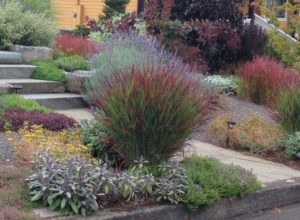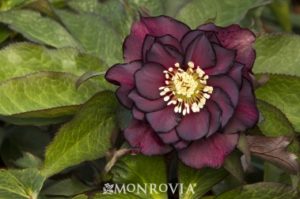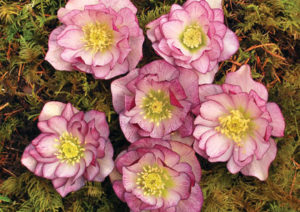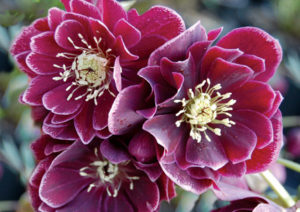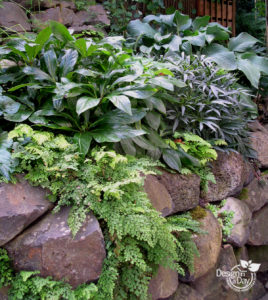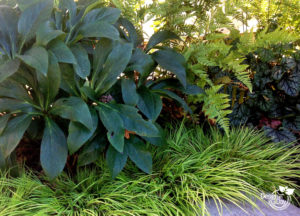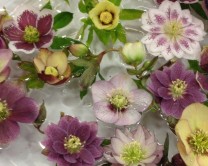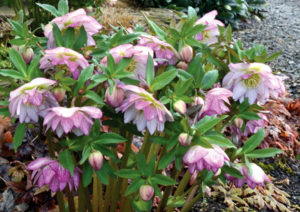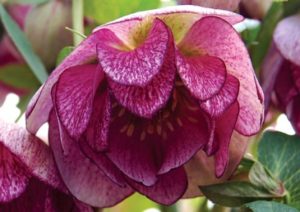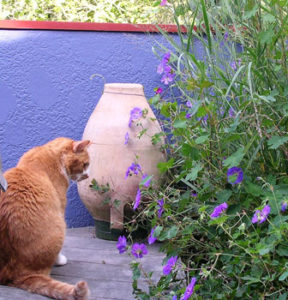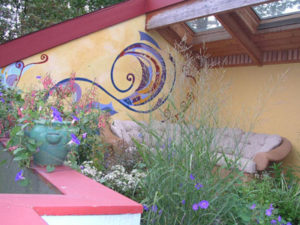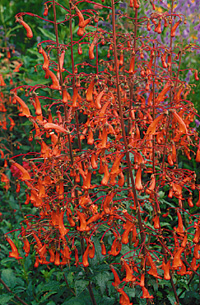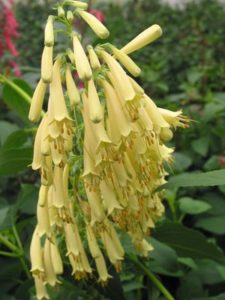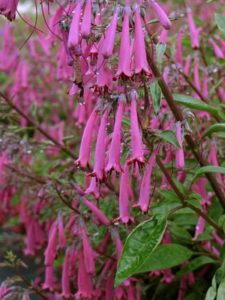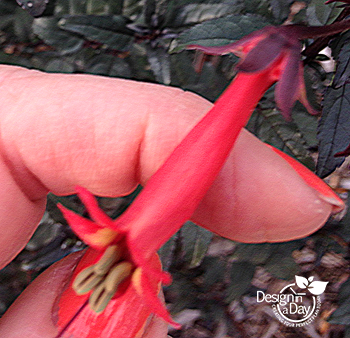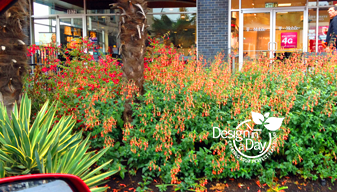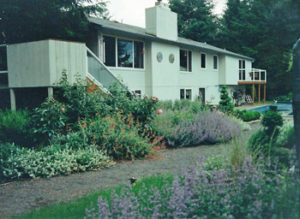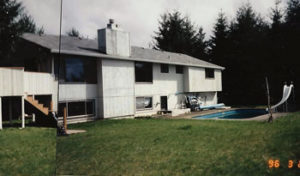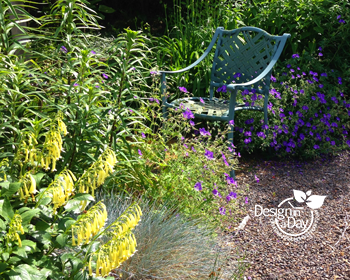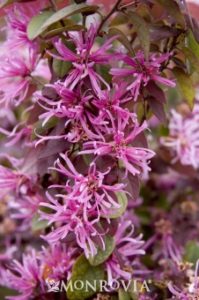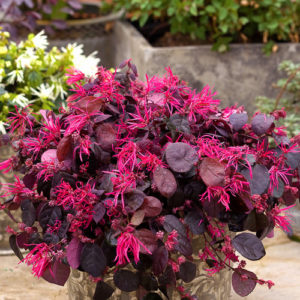Low Maintenance Grass for Your Landscape Design

Good grass like Pennisetum alopecuroides ‘Little Bunny‘ – Dwarf Fountain Grass is drought tolerant along with Stepable Thymus praecox ‘Elfin Pink‘, a nearly flat Thyme groundcover.
Designers love to use ornamental grasses to add structure and seasonal interest. They have instant appeal and we designers are suckers for plants that soften pathways and make a dramatic statement. They are a staple in modern landscape style. However, grasses have a bad reputation.
Grasses for those Who Hate Weeding
I’ve had to reassure more than one new client the grasses I use don’t spread or reseed. My years of experience with plants means I’m slow to use the untested new plants, including grasses. I’ve seen too many new industry introductions (plants) that looked like a good thing turn into thugs after a few years in a garden. Most of my clients say weeding is the worst of the outdoor chores so I shun plants with potential for adding weeding to the maintenance list.
Researching New Plant Material
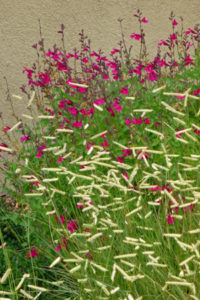
Salvia ‘Raspberry Delight’ with Good Grass Bouteloua gracilis ‘Blonde Ambition’ Photo credit High Country Gardens
I’m writing this blog during my winter break when I research new plants and prepare for another busy year designing Portland gardens. I confess to being a teeny bit bored with my tried and true grasses.
I was quizzing a couple of my landscape designer buddies about new ornamental grasses. I discovered they are sticking to the tried and true grasses and not using any new risky plants in their designs either. Here I was thinking they might be experimenting with new plants and that I was getting behind! Nope they are nervous nellies about using an unknown too. We see what happens when a client buys some cute new plant only to have it take up a forever place all over the property…
Beautiful Bad Grass? – Mexican Feather Grass

Beautiful bad grass – Mexican Feather Grass Stipa tenuissima. Photo credit Proven Winners
Designers are concerned about grasses that seed and make weed problems for our clients. The Mexican Feather (Stipa tenuissima) Grasses are highly desirable because they are so finely textured the slightest breeze sends them into graceful sway. They are over the top beautiful! They can seed some or a lot and they are the darlings for xeriscape or low water gardens. This grass is perfect for many dry and hot natural areas in California and (so naturally enough) it is on their noxious weed list.
This Bad Grass is so good in Modern Design
I don’t use Mexican Feather Grass but I have wanted to…they are unique, beautifully blowzy and are a stunner for modern minimalist designs. I have a local gardener pal who has them in her large Portland modern garden design to fantastic effect. People who are gardeners with a capital ‘G’ may keep up with weeding out the unwanted grass seedlings. Still, all it would take is a distraction, health problem, or too much overtime, and this grass would be seeding into a new planting bed at your property and then your neighbors! Part of hiring an experienced designer is the safety margin we bring to the design process.
Beautiful Good Grass: Blue Grama ‘Blonde Ambition’
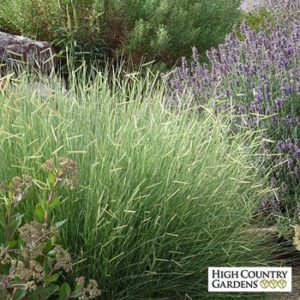
Bouteloua Gracilis or Blue Grama Grass ‘Blonde Ambition’ moves in the breeze like living art.
Bouteloua gracilis or Blue Grama Grass ‘Blonde Ambition’ relieves my boredom in a flash and is a great substitute for the wildly popular Mexican Feather Grass. Discovered by David Salman of High Country Gardens, this plant has all the drama of Mexican Feather Grass but won’t seed around. It’s very dramatic looking with a flower head that juts to one side like an eyebrow. It’s evergreen and moves beautifully in the breeze so it’s not just a plant, it’s living art.
A Great Drought Tolerant Grass: ‘Shenandoah’ Switch Grass
Another great grass for our Pacific Northwest landscapes is Switch Grass. Although there are many varieties, Panicum virgatum ‘Shenandoah’ is a lot of fun…for a grass. It emerges in the green tones, then quickly adds red coloring throughout the summer. The tiny garnet seeds are nice and airy, followed by a great fall show. To top it off, this grass is well-behaved and drought tolerant once established.
Low Maintenance Landscape
Grasses can be very useful additions to a low maintenance landscape. For the ones listed here, cut the plant down in February to a few inches tall, scuff the crown of the plant and pull away any loose grass stalks from the crown. It will thrive in a lighter soil mix with lots of sun. It prefers no fertilizer, low water and can be fully drought tolerant after established. To kill these grasses, plant them in heavy clay and over water them. I’m excited about adding these good grass to xeriscaping planting plans in the coming year.
If you are looking for low maintenance landscape design, contact me to learn more about grasses for your Portland area garden.

